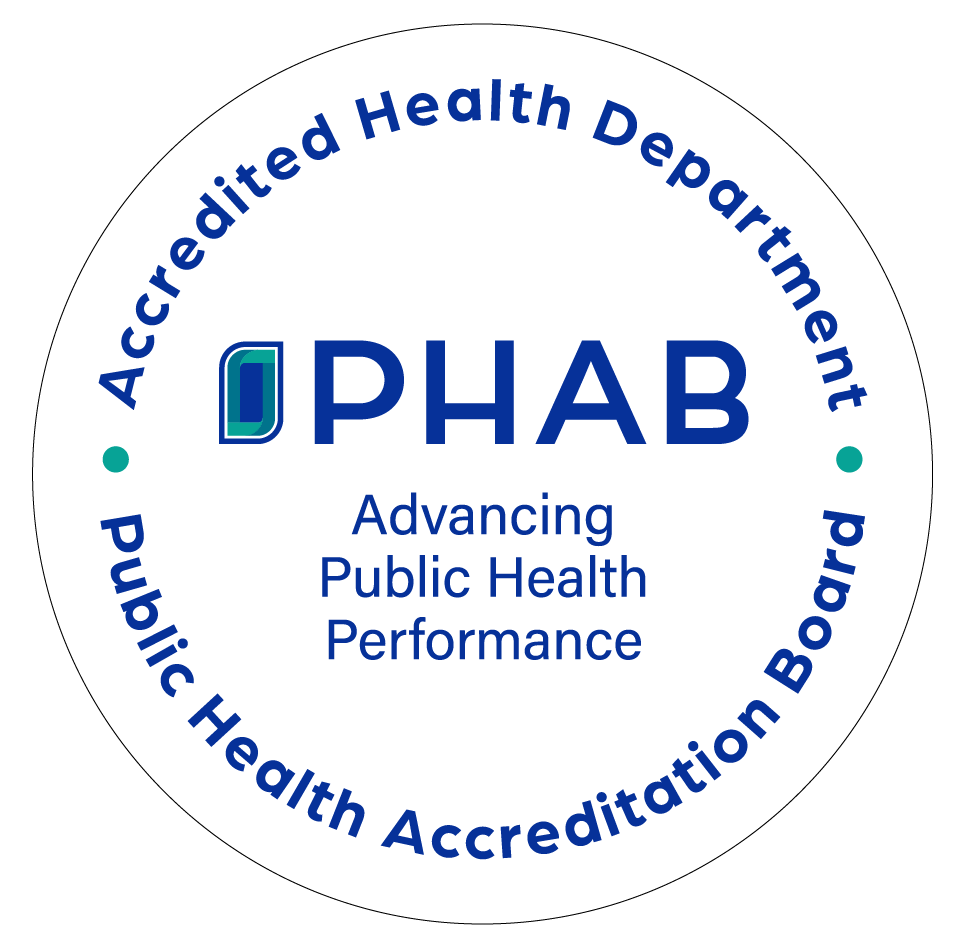History
In 1867, the Ohio General Assembly passed a law that required all counties to record deaths that occurred in their county. Typically, the probate court of the county made a record in a ledger of all deaths that had been reported by a tax assessor to the court, though this generally did not include all deaths (primarily, the deaths of landowners were noted). Other people who could report deaths to the court were physicians, midwives, and parents. A bill was passed by the Ohio General Assembly, which said death certificates were to be obtained by the county health department and filed with the Ohio Department of Health beginning December 20, 1908. A standard death certificate form was issued to the counties by the state (though that form has been “tweeked” over the years). An informant provides the personal “particulars”, a doctor fills out the medical section of the certificate, and the county registrar fills out all other fields pertaining to record management (filing). The county health department administers quality control measures such as returning incomplete or damaged certificates to the doctor. If personal information is incorrect, an affidavit can be done to show corrections. Once filed, the certificates are forwarded to the Ohio Department of Health.
Birth certificates have the same history, beginning first in probate court in 1867. Then, beginning December 20, 1908, certificates were filed with the Ohio Department of Health. Generally, at the hospital the parents fill out the personal “particulars”. The hospital prints out the birth certificate for the doctor to sign. The exception would be for births that did not occur in a hospital. In those cases, the health department would assist the parents in filling out the certificate. Once the certificate comes to the county health department for filing, quality control measures are administered. If the certificate is not signed correctly or damaged, it is returned to the doctor for resigning. If personal information is incorrect, either an affidavit can be done or probate court can order a correction, depending on the error. Once filed, the completed certificates are forwarded to the Ohio Department of Health.
The initial use for birth and death certificates was to collect health data, however, their legal uses have grown in number and importance, and have become better known to the general public than for statistical uses.
-when first entering a new school, all the way up to college
-first time or replacing a lost one
♦ Qualifying for benefits
-Medicaid, Food Stamps, and other aid
(like homes or automobiles) that are held in the name of the deceased person.


